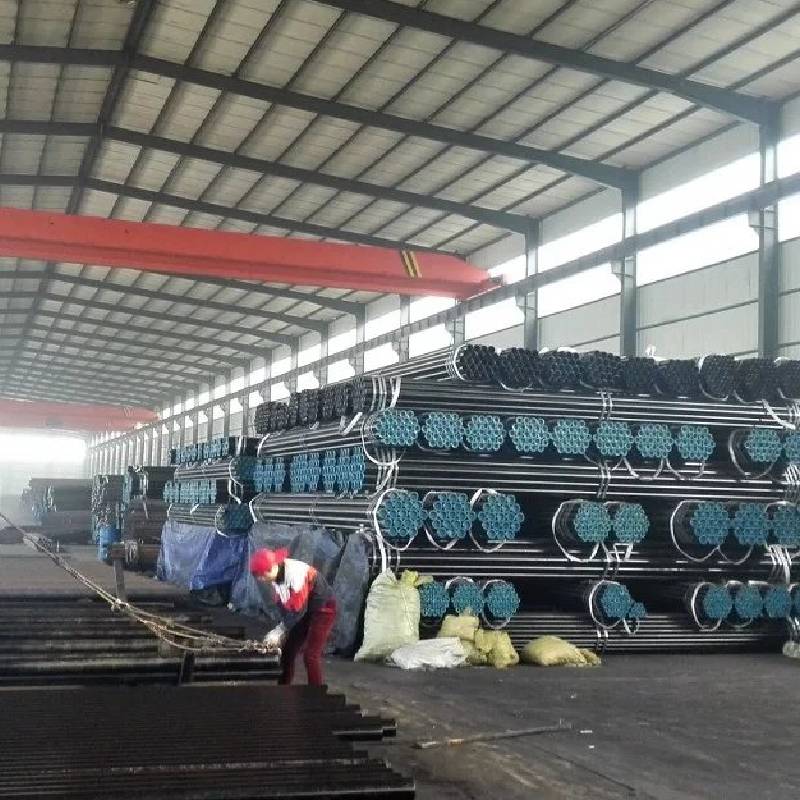-
Cangzhou Yulong Steel Co., Ltd.
-
Phone:
+86 13303177267 -
Email:
admin@ylsteelfittings.com
- English
- Arabic
- Italian
- Spanish
- Portuguese
- German
- kazakh
- Persian
- Greek
- French
- Russian
- Polish
- Thai
- Indonesian
- Vietnamese
- Zulu
- Korean
- Uzbek
- Hindi
- Serbian
- Malay
- Ukrainian
- Gujarati
- Haitian Creole
- hausa
- hawaiian
- Hebrew
- Miao
- Hungarian
- Icelandic
- igbo
- irish
- Japanese
- Javanese
- Kannada
- Khmer
- Rwandese
- Afrikaans
- Albanian
- Amharic
- Armenian
- Azerbaijani
- Basque
- Belarusian
- Bengali
- Bosnian
- Bulgarian
- Catalan
- Cebuano
- China
- China (Taiwan)
- Corsican
- Croatian
- Czech
- Danish
- Esperanto
- Estonian
- Finnish
- Frisian
- Galician
- Georgian
- Kurdish
- Kyrgyz
- Lao
- Latin
- Latvian
- Lithuanian
- Luxembourgish
- Macedonian
- Malgashi
- Malayalam
- Maltese
- Maori
- Marathi
- Mongolian
- Myanmar
- Nepali
- Norwegian
- Norwegian
- Occitan
- Pashto
- Dutch
- Punjabi
- Romanian
- Samoan
- Scottish Gaelic
- Sesotho
- Shona
- Sindhi
- Sinhala
- Slovak
- Slovenian
- Somali
- Sundanese
- Swahili
- Swedish
- Tagalog
- Tajik
- Tamil
- Tatar
- Telugu
- Turkish
- Turkmen
- Urdu
- Uighur
- Welsh
- Bantu
- Yiddish
- Yoruba

Nov . 04, 2024 13:51 Back to list
underground pipe welding
Underground Pipe Welding Essential Techniques and Best Practices
Underground pipe welding is a critical process in the construction and maintenance of various infrastructures, including water supply systems, sewage systems, and gas pipelines. As these pipelines often operate under high pressure and in potentially hazardous environments, the integrity of the welds is paramount to ensure safety and reliability.
One of the primary techniques used in underground pipe welding is the manual arc welding process, commonly referred to as SMAW (Shielded Metal Arc Welding). This technique is favored for its versatility, allowing welders to work in various positions and to join different types of metals. The use of a consumable electrode produces an electric arc, which melts the metal in the joint and creates a strong bond as it cools.
Another essential technique is the use of GTAW (Gas Tungsten Arc Welding), known for providing high-quality welds with minimal impurities. GTAW is particularly useful in welding thin-walled pipes, as it allows for precise control over the heat input and weld pool. This method is often employed in joining stainless steel and other non-ferrous materials, which are common in underground applications.
underground pipe welding

Before starting the welding process, it is crucial to conduct a thorough inspection of the pipes and the surrounding environment. This includes evaluating the soil conditions, checking for any existing corrosion, and ensuring that the pipes are properly aligned. Additionally, proper cleaning of the weld area is necessary to remove any contaminants that could compromise the weld quality.
The choice of filler material is also vital. The filler must be compatible with the base metals and should possess similar mechanical properties to ensure a strong joint. Welders must adhere to specific welding procedures and standards outlined by organizations such as the American Welding Society (AWS) or the American Society of Mechanical Engineers (ASME). This adherence not only guarantees the quality of the welds but also ensures compliance with safety regulations.
Safety plays a pivotal role in underground pipe welding. Welders must be equipped with proper protective gear, including helmets, gloves, and flame-resistant clothing. Additionally, ensuring adequate ventilation and monitoring for potential gas leaks is essential, particularly when working with gas pipelines.
In conclusion, underground pipe welding is a complex but vital operation that requires a combination of skilled craftsmanship, adherence to safety standards, and knowledge of various welding techniques. By following best practices and continuously improving their skills, welders can contribute to the construction of safe and effective underground infrastructure, ultimately benefiting communities and industries reliant on these essential systems.
Latest news
-
ANSI 150P SS304 SO FLANGE
NewsFeb.14,2025
-
ASTM A333GR6 STEEL PIPE
NewsJan.20,2025
-
ANSI B16.5 WELDING NECK FLANGE
NewsJan.15,2026
-
ANSI B16.5 SLIP-ON FLANGE
NewsApr.19,2024
-
SABS 1123 FLANGE
NewsJan.15,2025
-
DIN86044 PLATE FLANGE
NewsApr.19,2024
-
DIN2527 BLIND FLANGE
NewsApr.12,2024
-
JIS B2311 Butt-Welding Fittings LR/SR 45°/90° /180°Seamless/Weld
NewsApr.23,2024











